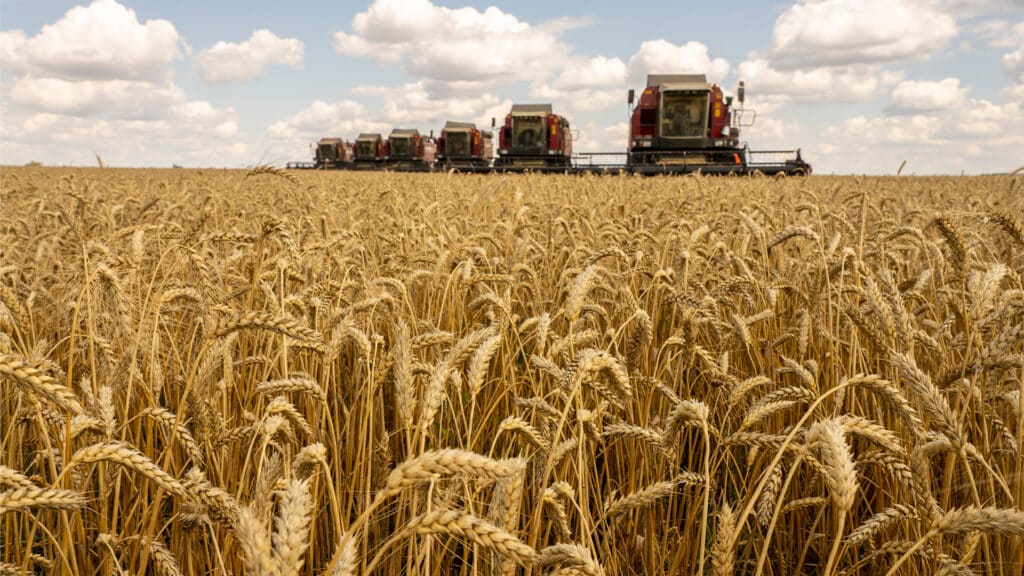
Kazakhstan plans to boost its grain exports to China to three million tons by the end of the year, up from the original goal of two million tons. These figures were disclosed by Vice Prime Minister Serik Zhumangarin during a cabinet meeting.
«We initially planned to export two million tons of grain to China this year, but we can expand that supply to three million tons. We also need to increase our flour exports to Afghanistan. New contracts and logistics will be key topics during the upcoming Kazakhstan-Afghanistan business forum in Almaty,» Zhumangarin said.
According to Bauyrzhan Urynbassarov, managing director of Kazakhstan Railways, the country supplied 1.3 million tons of grain to China by railway in the first nine months of the year.
“Key foreign markets for Kazakh grain include Central Asia (2.9 million tons), China (1.3 million tons) and Afghanistan (127,000 tons). These figures reflect export volumes over the first nine months of the year. Notably, we have resumed exporting grain to Iran, shipping 211,000 tons, including 140,000 tons in September alone. Additionally, Kazakhstan exported 423,000 tons of grain to countries such as Italy, Turkey and Russia,” Urynbassarov said.
In total, during the reporting period, Kazakhstan shipped 6.6 million tons of grain by railway, of which five million tons were for export — a 21% decline compared to the same period last year.
However, Kazakhstan saw a 21% increase in the shipment of ground products, reaching 2.7 million tons. Of this, 2.1 million tons of grain were exported, including 495,000 tons to Central Asia, 639,000 to China and 666,000 to Afghanistan.
Interestingly, the volume of grain shipped in box cars and grain carriers to China grew by 75% and 5%, respectively, during the first nine months of the year. However, container shipments declined by 26%. This could be because most grain in box cars and grain carriers is sent to the bonded area of Xinjiang Province, where businesses can process and ship ready-to-use products without fees, via the Khorgos and Alashankou railway stations. For exports into mainland China, which typically use containers, exporters must pay a 65% fee. Meanwhile, barley and other forage grains are exported throughout China to meet the needs of large procurement companies.
As of Oct. 7, Kazakh farmers had harvested 94% of grain, 90.5% of potatoes, 84.6% of vegetables, 30% of oilseed crops and 23% of sugar beets. Since the start of the harvest, grain elevators have received 4.4 million tons of grain.
Earlier this month, Russia’s Federal Service for Veterinary and Phytosanitary Supervision (Rosselkhoznadzor) requested Kazakhstan’s Ministry of Agriculture to stop issuing phytosanitary certificates for grain, grain products, sunflower seeds, tomatoes and peppers exported from Kazakhstan. Rosselkhoznadzor has not issued certificates for these products since Aug. 23, effectively banning the import of Kazakh goods into Russia, citing concerns over a “dangerous disease.”
In response, Kazakhstan’s Ministry of Agriculture asked Rosselkhoznadzor to substantiate its claims with more concrete evidence. Since no official response has been provided, Kazakhstan’s ministry continues to issue certificates.













